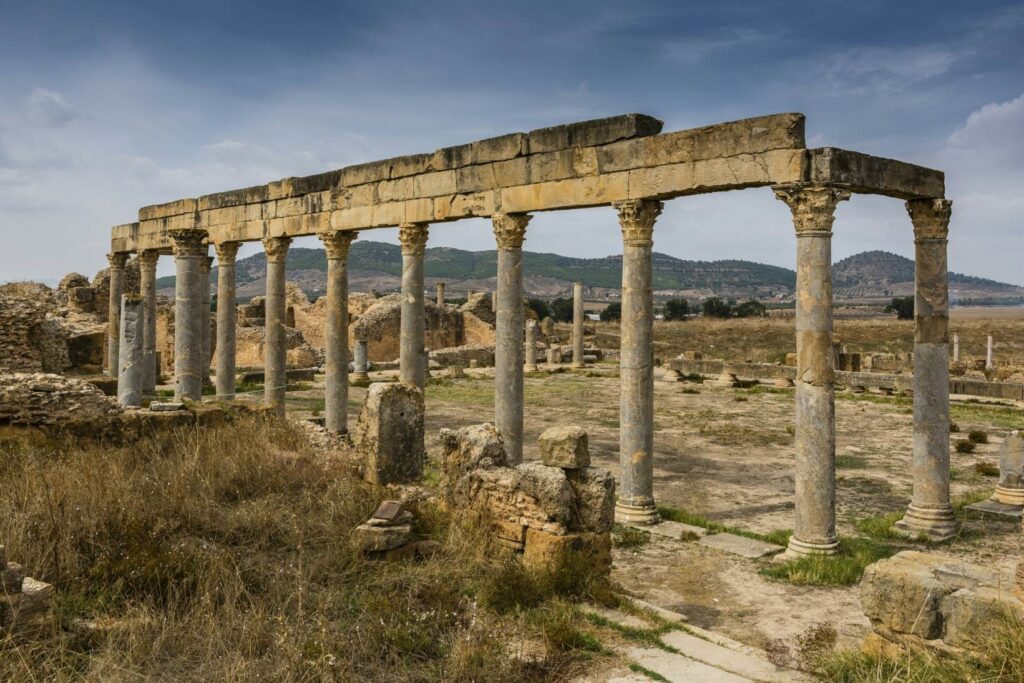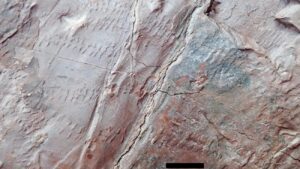Exploring the Ruins of Uthina: Tunisia’s Hidden Gem
Nestled in the heart of Tunisia, the ancient ruins of Uthina offer a captivating glimpse into the past. Often overshadowed by more famous archaeological sites, Uthina remains a hidden gem waiting to be discovered by history enthusiasts and curious travelers alike. This site, with its rich history and stunning vistas, provides a unique opportunity to explore the remnants of a once-thriving Roman city.
What to See
Uthina is a treasure trove of ancient architecture and artifacts. As you wander through the site, you’ll encounter a well-preserved amphitheater, which once hosted gladiatorial games and could accommodate thousands of spectators. The amphitheater is a testament to Roman engineering prowess and offers a panoramic view of the surrounding countryside.
Another highlight is the Capitol, a temple dedicated to the Roman gods Jupiter, Juno, and Minerva. The temple’s impressive columns and intricate carvings provide insight into the religious practices of the time. Nearby, the remains of the forum, baths, and residential areas paint a vivid picture of daily life in ancient Uthina.
For those interested in mosaics, the site boasts several stunning examples, including intricate floor designs that have survived the test of time. These mosaics offer a glimpse into the artistic talents and cultural influences of the period.
A Bit of History
Uthina, known in ancient times as Oudna, was established during the Roman Empire and flourished as a significant urban center. Its strategic location along trade routes contributed to its prosperity. The city was an important administrative and military hub, playing a crucial role in the region’s governance.
The decline of the Roman Empire led to Uthina’s gradual abandonment, and over the centuries, the city fell into obscurity. It wasn’t until the 20th century that archaeological excavations began to uncover the site’s historical significance. Today, Uthina stands as a testament to the enduring legacy of Roman civilization in North Africa.
Interesting Facts and Visitor Information
- Uthina’s amphitheater is one of the largest in North Africa, showcasing the grandeur of Roman entertainment.
- The site is relatively uncrowded, offering a peaceful and immersive experience for visitors.
- Uthina is part of a larger archaeological park, which includes other Roman sites in the region, making it a worthwhile stop for history buffs.
Getting to Uthina is relatively straightforward. The site is located about 30 kilometers southwest of Tunis, the capital of Tunisia. Visitors can reach Uthina by car or taxi, with the journey taking approximately 45 minutes. Public transportation options are limited, so renting a car or hiring a driver is recommended for convenience.
For first-time visitors, it’s advisable to bring water, sunscreen, and comfortable walking shoes, as the site involves a fair amount of walking. Guided tours are available and can enhance your understanding of the site’s historical context. Additionally, visiting during the cooler months or early in the morning can make for a more pleasant experience, as the Tunisian sun can be quite intense.
Uthina offers a unique opportunity to step back in time and explore the remnants of a once-thriving Roman city. With its fascinating history, stunning architecture, and serene setting, it is a must-visit destination for anyone interested in the ancient world.








